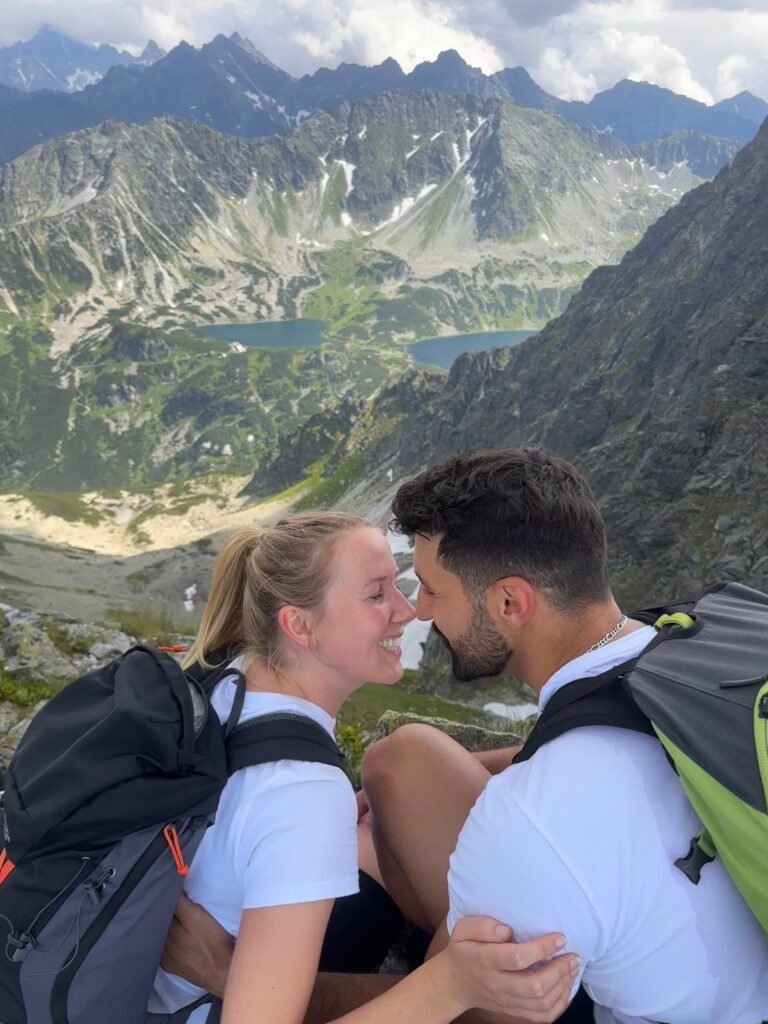
What to bring on a hike in the high mountains? That’s the question I wish someone answered for me before my first serious trail! I’ve done several hikes in the Polish Tatra Mountains — from the popular Giewont (1,894 m / 6,214 ft) to the more challenging Granaty Ridge (with Zadni Granat at 2,240 m / 7,349 ft and Skrajny Granat at 2,222 m / 7,290 ft).
Over time, I learned what to pack, wear, and prepare for — and trust me, the right gear makes a huge difference, especially when you’re climbing above 2,000 meters.
This isn’t just a basic checklist. It’s a real, honest guide filled with personal lessons, gear I swear by, and smart packing tips that helped me feel confident and safe while hiking at high altitudes.
Table of Contents
🥾 Must-Have Hiking Clothes for High Mountains
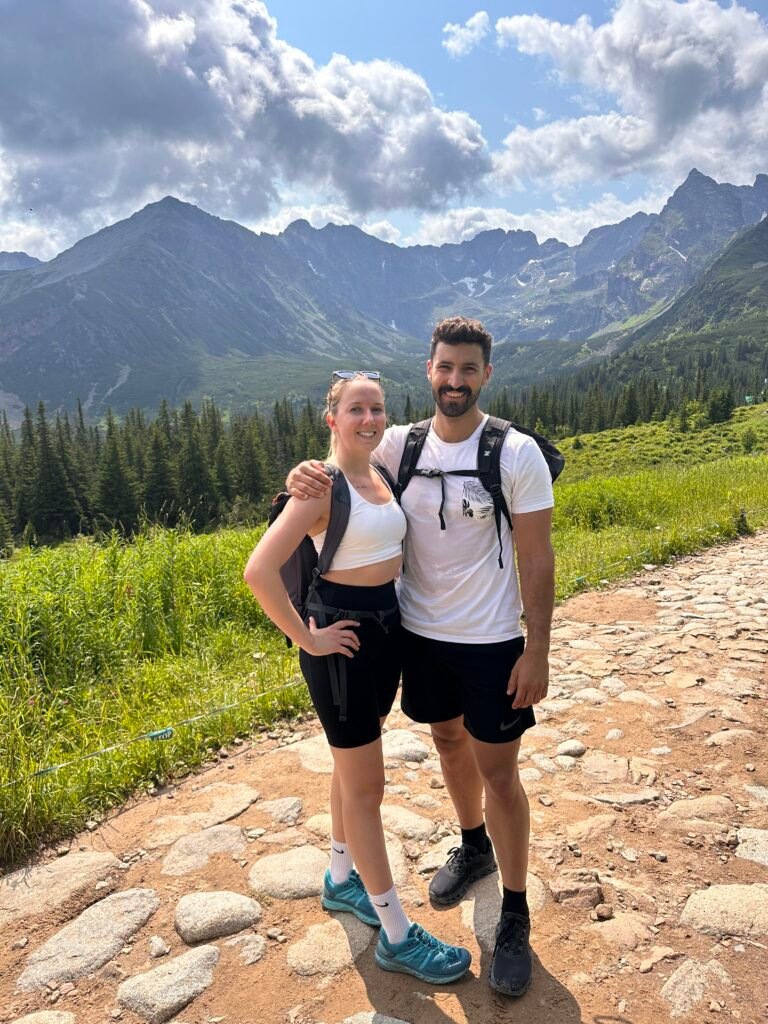
Here’s what to bring on a hike when the trail takes you up to cold, windy peaks — and possibly down on your butt 😄
- Good Hiking Boots: Number one priority. No sneakers. Get proper ankle-support hiking boots that won’t slip on wet rock.
- Hiking Pants (not leggings!): Trust me, sliding down on your butt will destroy regular leggings. Hiking pants are more durable and comfy.
- Breathable T-shirt: On hot days, go for merino wool or moisture-wicking fabric. And for the legs I often wear sport shorts that fit tightly above the knee.
- A sport bra: the most comfortable choice for women
- Long Sleeve Shirt: For colder peaks and to protect against the wind and sun.
- Climbing Socks: Not too thick, just enough to avoid blisters.
- Rain Jacket: Lightweight, foldable, and wind-resistant.
- Buff / Neck Warmer: For chillier moments or when wind hits your neck.
- Hat / Cap: Super important! In the mountains, the sun hits harder.
- Sunscreen: With high UV protection. Your face will thank you. At altitude, it burns way faster.
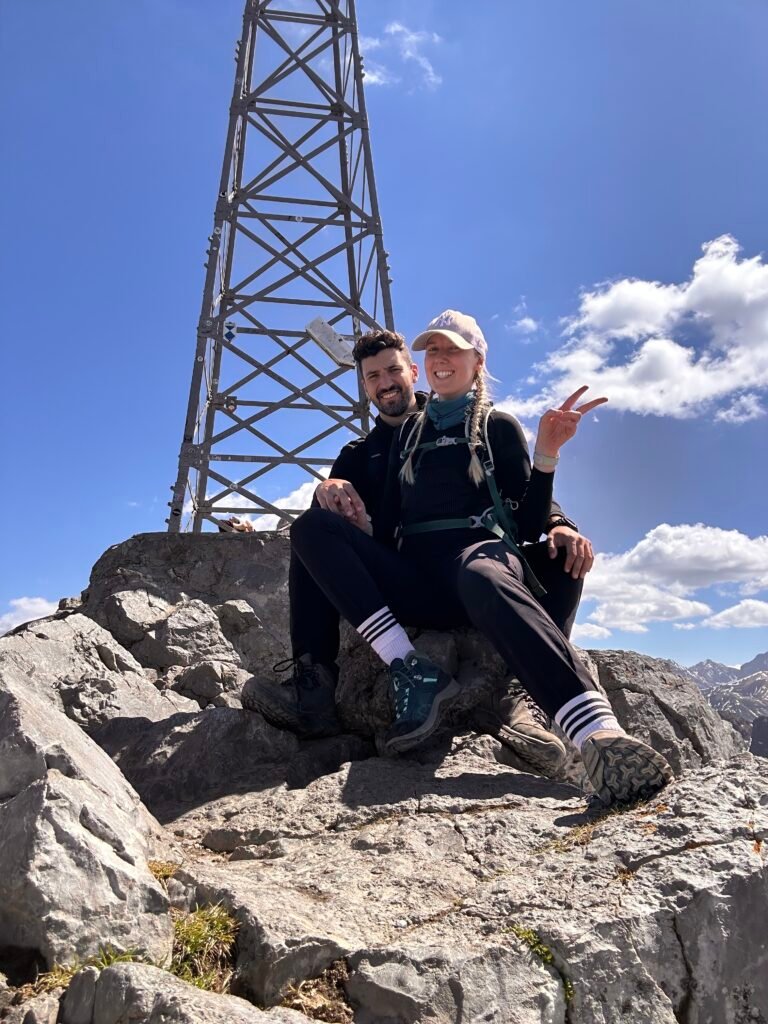
📌 Dress like an onion — wear layers so you can add/remove depending on the weather. I usually start in a T-shirt and shorts, then add a long sleeve, and finally a rain jacket at the top when it gets windy.
🎒 High Mountain Hiking Gear I Always Pack
- Lightweight Hiking Backpack (20L):
I use my green Osprey 20L pack that I got 5 years ago for €150 in an Adventure Store in Luxembourg. Best investment ever! It’s comfortable, has back support, and is perfect for a day hike.
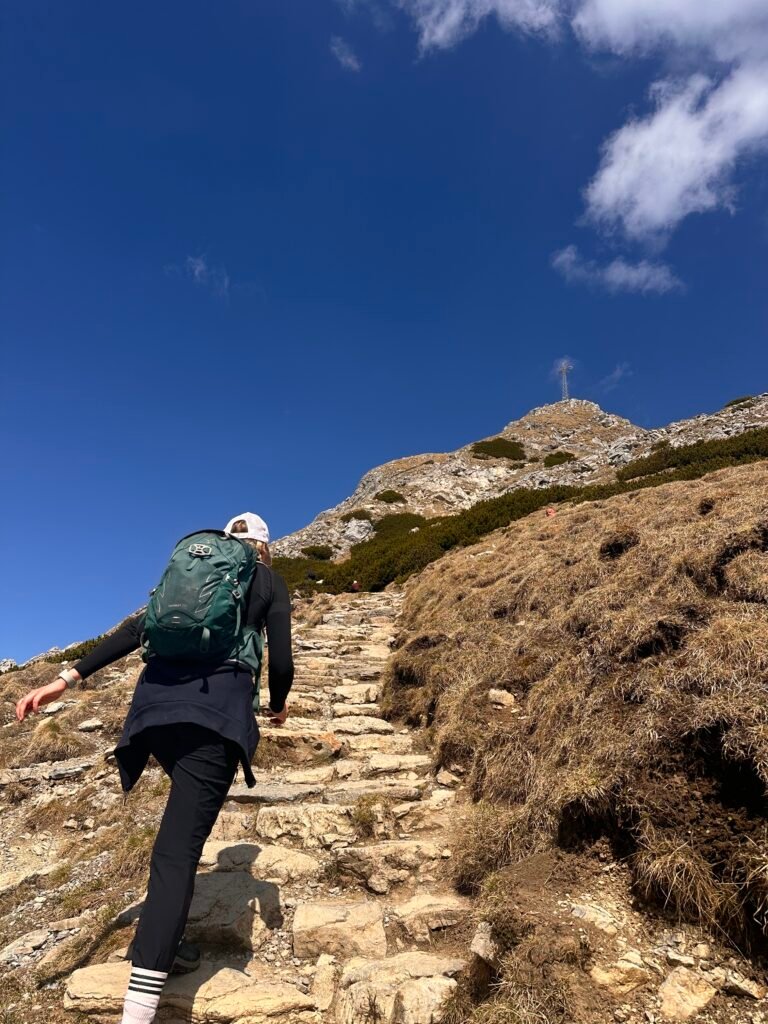
- Hiking Poles:
They’re lifesavers for your knees, especially on the way down. We don’t realize it, but the pressure on our knees increases 3x while descending. Poles help balance and reduce the strain. - Reusable Water Bottle:
I use my Hydro Flask (700 ml, €40 — still going strong 5 years later). It keeps water cool and tea hot, which is perfect in unpredictable weather. - First Aid Kit:
Just basics: plasters, bandage, painkiller, disinfectant. You’ll thank yourself if something happens.
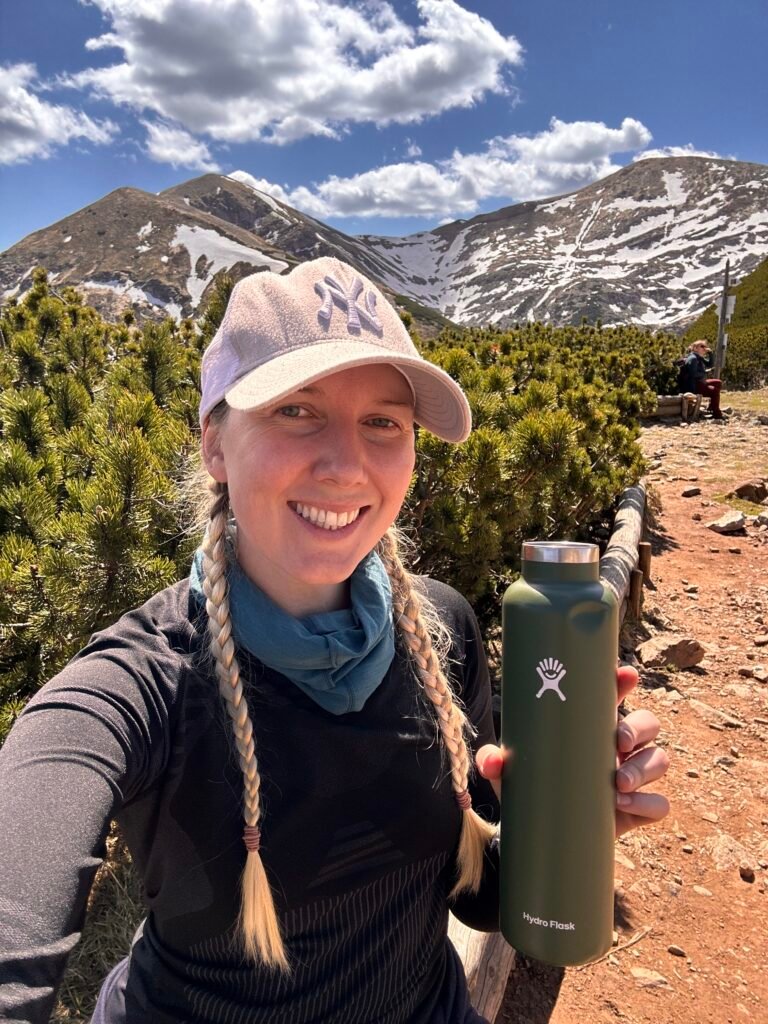
🧀 What to Eat on the Trail: My Mountain Food Essentials
Even if you’re not planning a full-day adventure, what to bring on a hike should always include some high-energy food and hot drinks. Here’s what’s always in my pack:
- Sandwiches:
I always bring homemade ones with ham, cheese, tomato — easy and filling.
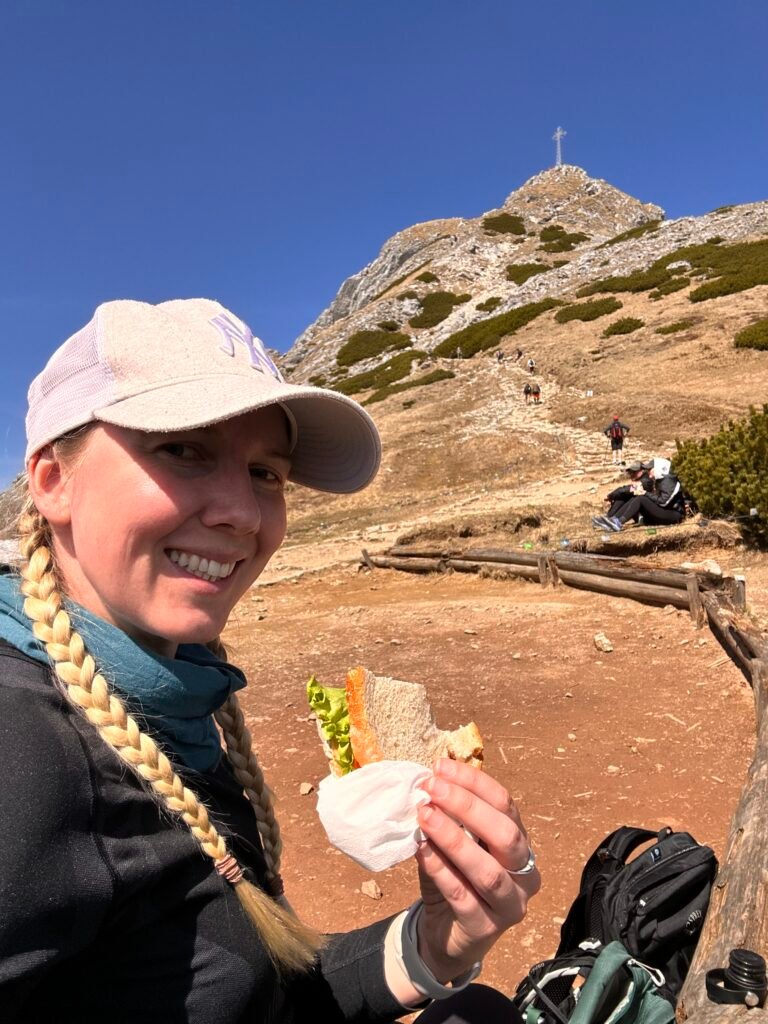
- Tea in a Thermos:
MUST HAVE! When the cold hits up there, nothing beats a hot cup of tea while looking over a mountain lake. Feels like magic. - Protein Bars: For quick energy.
- Apple + Chocolate: Energy + sugar boost.
- Kabanosy (Polish dry sausages):
Always in our backpacks. Classic Polish hiking snack 😄
🏞️ Our Favorite Hikes in the Polish Tatras
This year, we did Giewont — an iconic peak in the Tatras, known for the chains near the summit. It was a fun hike, not too hard, with beautiful views.
But two years ago, we tackled Granaty (Granat Zadni + Przedni), and that was an adventure. It’s part of the High Tatras and felt way more intense. From the top, we saw magical lakes like Czarny Staw Gąsienicowy, and could spot Rysy, Świnica, and other impressive peaks.
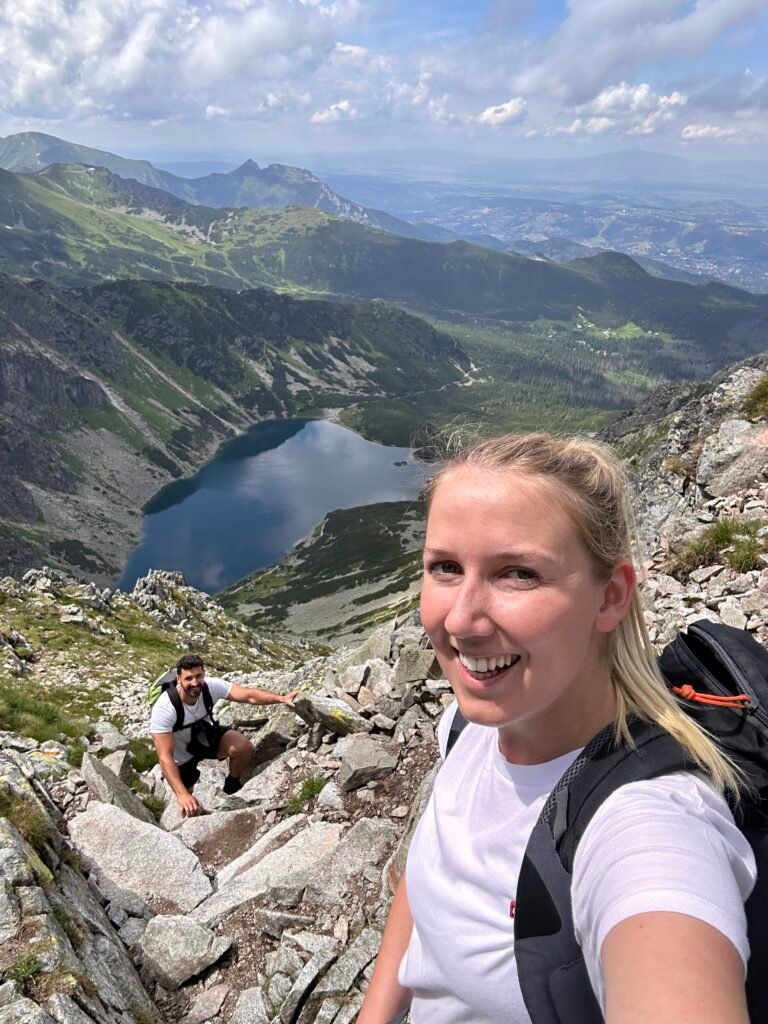
Was I scared? YES.
Did I cry a little on the way down? Also yes 😂
But I did it, and I was so proud of us.
✅ Related read: Heading on a hike with a camping plan? Don’t forget the must-haves from my Camping Essentials Checklist. It’s printable and beginner-friendly!
Why Knowing What to Bring on a Hike Matters
High mountain hiking is not just a physical challenge — it’s a mental one too. The weather changes fast, the peaks can be intimidating, but with the right gear, food, and mindset… it’s absolutely worth it.
So pack smart, dress in layers, protect your knees and skin, and always carry that hot tea with you 🫖
Let me know in the comments:
What’s your favorite hike in the mountains? Or maybe one that scared you a bit but made you feel so strong after?

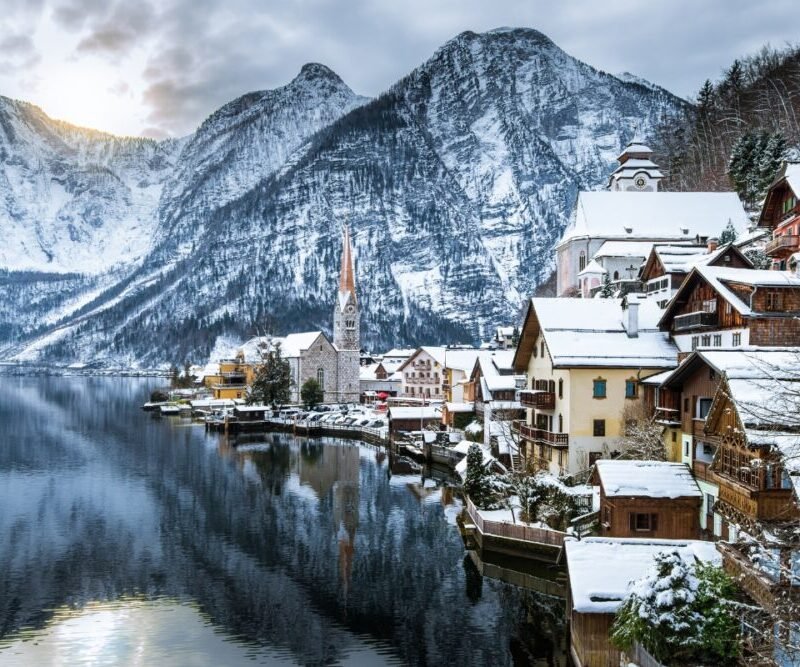

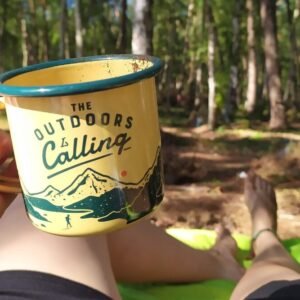
Leave a Reply